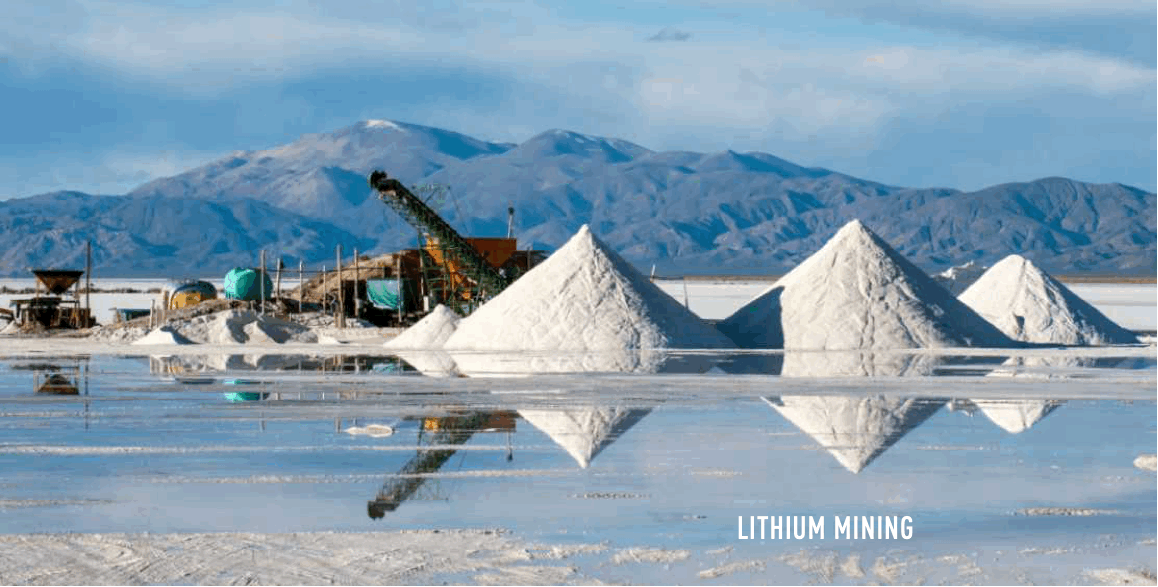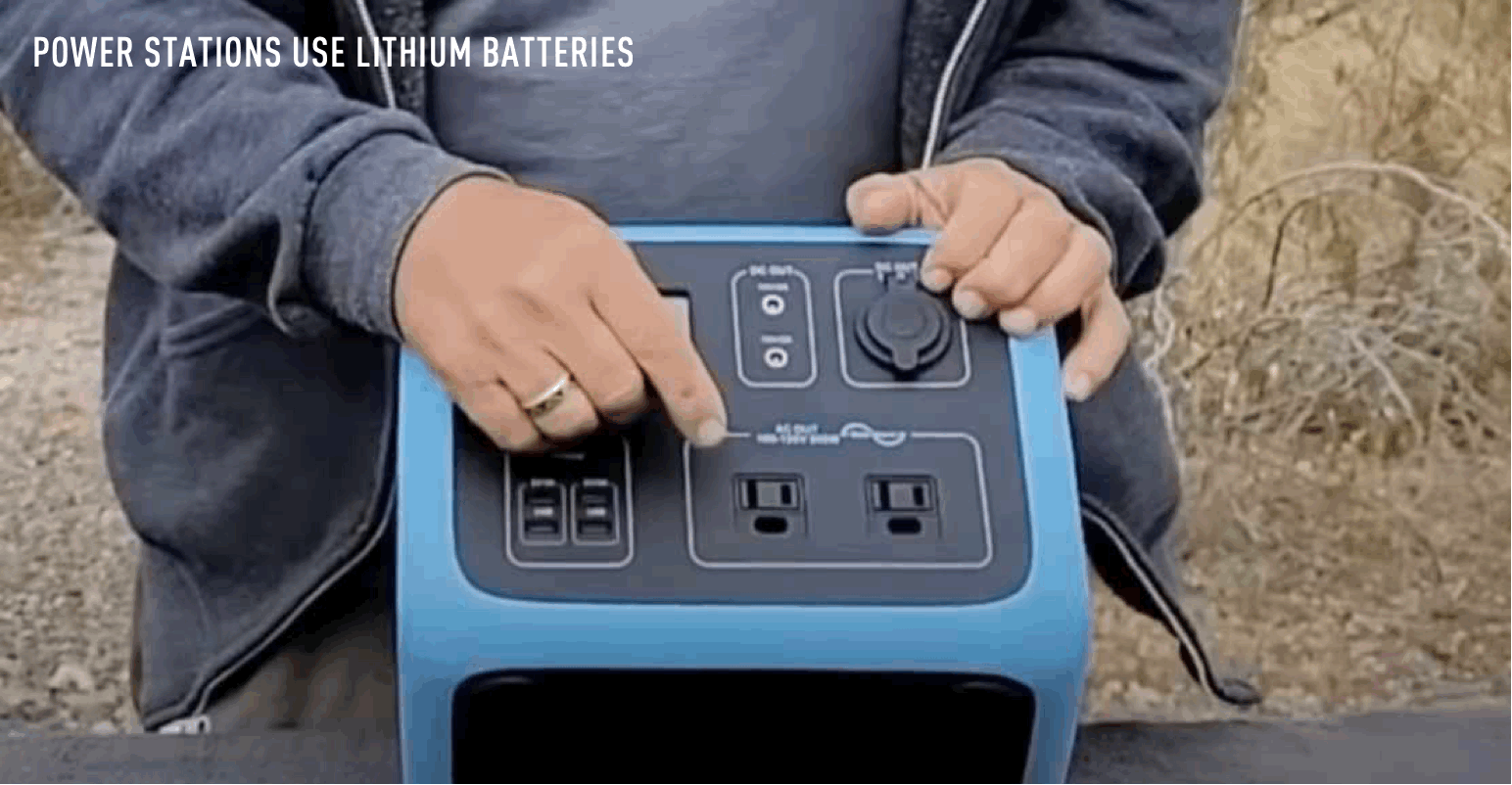
AS IF WE HAVEN’T HAD ENOUGH BAD ECONOMIC NEWS ALREADY, now we need to worry about lithium battery prices going up. It’s a classic case of increased demand for an insufficient supply.
The massive jump in lithium demand comes from automobile manufacturers as they switch to electric vehicles. For example, General Motors recently announced it is “on its way to an all-electric future.” They aren’t the only ones.
From Time Magazine:
“The price for lithium carbonate—the compound that gets extracted from the ground—has shot up 432% year over year, hitting nearly $62,000 per metric ton in April. In the six years prior, for comparison, it averaged around $11,000.
“The price spike is due to the booming electric vehicle market, which is putting demand pressure on battery producers, which in turn puts demand pressure on the minerals suppliers. While the Earth has plenty of lithium to go around, the supply needs to be extracted from brine pools and underground reserves, and current mining operations aren’t sufficient to keep up with the auto industry’s growing needs.”

With the world’s car companies scrambling to secure lithium, they will probably out-bid the makers of the types of batteries we off-grinders use. It will also impact the cost and availability of lithium batteries in our phones and other electronics.
Various people are working on alternative battery technologies, but those are still a few years down the road, and their price is unknown.
What to do about it
So, as with my advice regarding solar panels, this probably the time to buy the lithium battery or batteries you had been planning on—if you are able. That includes portable power stations that use lithium batteries. Prices had been inching downward, getting closer to the cost of comparable lead-acid batteries, but that trend is probably over.

I’m not writing this to push you into buying batteries you can’t afford. I’m trying to save you from needing to buy batteries you can afford even less later.
On the other hand, good old lead-acid batteries remain a viable choice. They don’t have all the pros of lithium batteries, but they don’t have the cons, either—particularly if lithium becomes unobtainium.

We have lived 100% off grid since Dec ’07, our system is relatively small, we started out with deep cycle batteries, but could not afford to get enough batteries for what we were doing so our batteries would die prematurely, lasting on average around 4-5 years. Over the years our solar systems had grown, I was planning on getting AGMs to replace a dying set of deep cycles, then I discovered Will Prowse, also learned that AGMs typically last less time than even regular deep cycle batteries. It was about that time that the LIFEPO4 batteries were just starting to come down in price to be affordable for us. When I learned that you can add more batteries to that type later on down the road without worry, I was absolutely sold on LIFEPO4!
I was able to finance my BattleBorn battery through Affirm, paid it off quickly and ordered a second one. I now have 4 total BattleBorn batteries and couldn’t be happier with them. There has only been a few times over the years where we got cold enough to be an issue, of course the BMS in the batteries kept them from charging, they were able to discharge just fine, and once the sun was up for a while, it warmed up enough to allow the batteries to begin charging again.
I am very happy to see good quality but less expensive LIFEPO4 batteries hitting the market now, I do plan on adding at least 1 more solar system to our place, possibly 2 or 3 more separate systems using 2-100AH batteries per system, I like having redundancy, the more the better. The lower price but still good quality batteries are a good thing.
Thanks for all you do, even though I’m not traveling or doing what you do, I still enjoy your posts and videos, all of my systems are 12 volt so much of what you discuss is very pertinent to me.
WrethaOffGrid
Most LiFePO4 batteries are produced and sold by China (gasp). Possibly, with the price of raw materials increasing we can produce a competitive product here in the USA like other higher cost products. We built our own system by ordering cells, waiting months and consulting a technical friend for the other technology required to make it work in the camper. The power / weight ratio is important to us. We love toast for breakfast and lunch!
Dear Bob,
Nice to meet you, my name is Johan.
If I send you this message, it’s because I am working for a French TV, and we’re doing a special about the movie Nomadland. As you are important in the nomad community and since you were acting in the movie Nomadland, we’d like to do an interview with you.
We’re coming to the USA by the end of July and the beginning of August 2022, would you be available for an interview? We’ll be thrilled to have you!
Have a great day
Best regards,
Johan
I agree with obtaining your LiPO4 batteries as soon as you can. Luckily I purchased 4 200 AH Chinese batteries to move from my sailboat to my motorhome as we were planning on sailing 6 months and RVing during the Hurricane season. This was the best thing I have purchased in a while. While the initial costs are high here are some of the products and benefits that I have seen to date:
800 AH of batteries is equivalent to 1600 AH of lead acid or AGM as you should only pull these down to 12V or 50% of charge or you will damage the battery. And these 200 AH batteries weigh about 1/3 of the lead acid batteries.
I paired my system with a Victon 3000/80 12V inverter. This puppy is expensive over Chinese branded inverters but what really got me to spend the extra money is that is has a sniff mode where it will turn on briefly and see if anything is using the power. If not it shuts down and checks again in a few seconds. In testing I did on an 400AH lead acid bank. I could run my 120V freezer for 3 days without sun with this unit while the $400 3000W chinese model I had would kill the batteries overnight.
Spend the extra money if you can for MPPT charge controllers. I use Victron as I think they are a great value. Make sure you follow the voltage requirements for your batteries and to float, charge voltage and high voltage cutoff. These also talk to the inverter if you get the correct accessory wires. So all is in sync.
If you are charging from you alternator to your Lithium batteries, Absolutely put a DC to DC charge inline. Most alternators are for lead acid batteries. This device will keep you from both destroying your batteries and your alternator. Neither of which is good boondocking in the desert as we do most of the time.
And lastly and more important, Rather than running one large charge controller, I run multiple smaller ones. For instance I have an older 60 amp controller that i replaced with 3 20 amp controllers. Again I use Victron so they all synchronize with each other. And if one goes out, I have backups to keep my batteries topped off.
And as another message on this board called out. Keep your panels clean and unshaded. I carry a couple of extra panels that I connect when I have my motorhome or trailer in the shade to stay cool. I can then set these out in the sun instead of baking the entire motorhome in the sun. I also clean all my panels weekly or after every dust storm.
Best of luck in your travels! Cheers